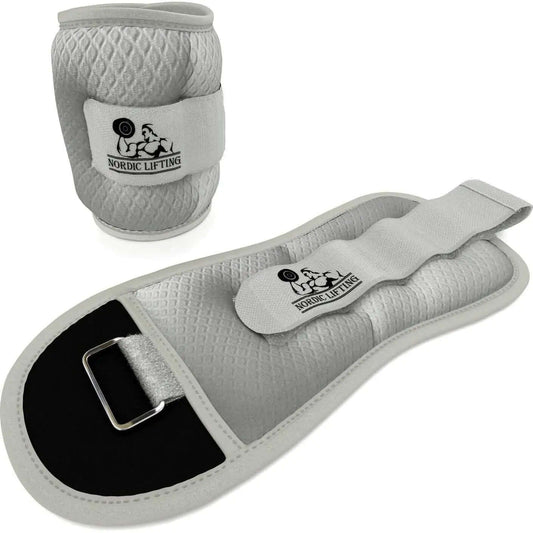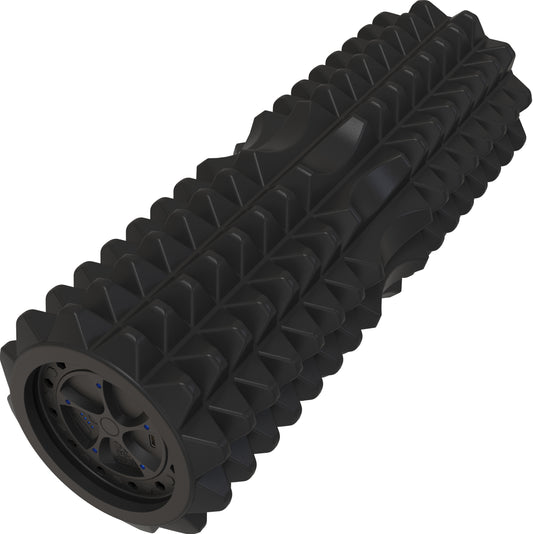Last Updated: April 25, 2025
Starting the day with exercise can set a positive tone, and many choose morning sit-ups for their simplicity and effectiveness. Doing sit-ups in the morning helps activate core muscles, improving strength, stability, and posture right from the start of the day. A strong core is key not just for workouts, but for easier movement and lower risk of injury during daily activities.
Consistency with morning sit-ups can also support metabolism and may aid in fat loss over time. According to fitness experts, a daily core routine can enhance athletic performance, balance, and even boost energy levels throughout the day. For those looking to make the most out of their morning routine, sit-ups remain a practical and accessible choice, as detailed in resources like this article on the benefits of sit-ups.
Key Takeaways
- Morning sit-ups build core strength and improve stability.
- They can support metabolism and make daily activities easier.
- Proper form and routine are important for the best results.
Key Benefits Of Morning Sit-Ups
Consistently performing sit-ups in the morning helps individuals strengthen core muscles, build endurance, and define their abdominal area. These effects directly contribute to overall fitness, better stability, and increased muscle tone throughout the day.
Boosting Core Strength And Stability
Morning sit-ups activate the rectus abdominis, obliques, and transverse abdominis, leading to stronger core muscles. This increased strength enhances posture and supports spinal alignment, both of which help reduce the risk of back injuries during daily activities. Strong core muscles also play a crucial role in maintaining balance and stability while moving, whether during workouts or routine tasks.
Sit-ups are among the core exercises recommended for building core strength. By starting the day with this exercise, individuals prepare their bodies for better movement and improved athletic performance. A strong core helps athletes and non-athletes alike stabilize the torso and protect the body from strains.
As a bodyweight movement, sit-ups require no special equipment and can be done in a short morning window. This easy accessibility means users can develop a more stable core and better functional fitness with regular practice.
Enhancing Muscular Endurance
Performing sit-ups regularly in the morning promotes muscular endurance in the abdominals and hip flexors. Endurance in these muscle groups allows individuals to maintain physical activity longer without fatigue, supporting more productive workouts and a more active lifestyle.
Greater muscular endurance also translates to easier completion of daily motions, such as sitting, standing, and lifting objects. When the abdominal muscles are conditioned through sit-ups, the body becomes more resistant to tiredness, especially during repetitive tasks.
Building endurance in core muscles can contribute to improved posture and persistent energy throughout the day. Morning sit-ups are an efficient way to train the muscles for stamina, supporting both fitness goals and overall well-being.
Improving Muscle Definition
Targeted sit-ups help create visible muscle definition in the abdominal region. By engaging the rectus abdominis, obliques, and transverse abdominis, this exercise can enhance the contours of the midsection with regular practice.
Incorporating sit-ups into a morning routine supports a toned and sculpted look, especially when combined with overall fitness and healthy nutrition. As sit-ups build strength and burn calories, they aid in reducing excess fat around the waist, making abdominal definition more noticeable.
For those seeking a defined core, morning sit-ups offer a straightforward and practical way to begin working toward that goal. Over time, results can include firmer, stronger, and more visible ab muscles as part of a balanced fitness regimen.
Metabolic And Fat Loss Advantages
Doing sit-ups in the morning activates the muscles of the core and encourages calorie burning from the start of the day. This simple addition to a daily routine can offer direct benefits related to metabolic health and progress toward fat loss goals.
Jumpstarting Your Metabolism
Morning sit-ups prompt the body to engage core muscles, increasing physical activity soon after waking. This helps kickstart the metabolic rate, meaning the body may begin burning calories more efficiently throughout the day.
The act of physical movement elevates heart rate and stimulates energy use, even during the post-exercise period. For those who struggle with sluggishness in the morning, sit-ups can enhance alertness and drive a more active mindset.
Regular morning activity, such as sit-ups, may also help influence better choices at breakfast, leading to improved nutrition and steady energy levels. This pattern can enhance the body's ability to manage calories and use energy more effectively across the day.
Supporting Fat Loss Goals
Incorporating sit-ups into a morning exercise routine supports healthy fat loss by increasing daily calorie expenditure. Muscle engagement during sit-ups helps maintain or build lean mass, which is important for a higher resting metabolic rate.
Habitual morning fitness can prevent missed workouts due to schedule conflicts later in the day, making it easier to stay consistent. Recent research has shown that exercising in the morning may contribute to reduced abdominal fat and lower blood pressure, especially in women.
By pairing regular sit-ups with balanced nutrition, individuals can see more effective results in their fitness efforts. Morning routines built around core exercises like sit-ups create a foundation for sustained fat loss and physical activity success.
Functional And Daily Life Improvements
Sit-ups in the morning help reinforce essential muscle groups. This daily habit supports both physical stability and practical movement throughout the day.
Better Posture And Balance
Performing sit-ups helps activate and strengthen the core muscles, including the abdominal muscles, obliques, and the muscles supporting the lower back. A strong core makes it easier to maintain correct posture whether sitting, standing, or moving. This foundational strength helps keep the spine aligned, which may reduce the risk of back discomfort and fatigue during daily tasks.
Balance improves as the core becomes more resilient. Increased core stability directly supports the body's ability to adjust and react to shifts in movement. This becomes even more valuable with aging, as maintaining balance helps prevent falls and injuries. Several experts note that sit-ups improve posture and strengthen key muscles required for stable, balanced movement.
Enhancing Performance In Everyday Activities
A firm core developed through morning sit-ups translates to more efficient movement during everyday activities, such as lifting groceries, climbing stairs, or bending down to tie shoes. These activities often demand lower back support and stable abdominal engagement to prevent strain.
Sit-ups also build strength in the muscles needed for carrying objects, standing up from a chair, or maintaining endurance while walking. This can help adults remain more independent, especially as they age. According to fitness experts, regular sit-ups offer improved muscle mass and functional benefits that carry over directly to common, real-life movements.
Training the core reduces the risk of injury during daily routines and supports overall physical function without requiring specialized equipment.
Form, Technique, And Injury Prevention
Maintaining the correct form during sit-ups protects the lower back and maximizes the effectiveness of core exercises. Practicing proper technique, using rest, and avoiding common mistakes can help reduce the risk of injuries.
Practicing Proper Form
Proper sit-up form is central to working the abdominals while protecting the spine. Individuals should lie on their back with their knees bent and feet flat on the floor. Placing hands across the chest or gently behind the ears helps avoid neck strain.
Engaging the core while lifting the torso towards the knees is crucial. The lower back should remain on the floor until the shoulders begin to rise, and movement should be smooth and controlled. Rushing through repetitions or using the hips to pull up can lead to poor results and discomfort.
Breathing steadily, with exhalation on the way up and inhalation on the way down, maintains stability. If available, using a mat can cushion the spine and reduce pressure points. Alternating sit-ups with other core exercises, such as planks, can promote balanced muscle development.
Minimizing Risk Of Injury
Incorrect form is a common reason for sit-up-related injuries, especially to the lower back and neck. Hyperextending the back, pulling the head forward, or using momentum instead of muscle control should be avoided.
Those with existing back problems or discomfort during sit-ups should stop and consult a health professional. Incorporating rest between sets gives muscles time to recover and helps prevent overuse injuries.
Experts recommend limiting daily repetitions to support quality over quantity, as fatigue can lead to sloppy technique and higher injury risk. Sit-ups are not the only effective exercise for the core; alternating them with other movements reduces repetitive strain and can lower the chances of injury.










